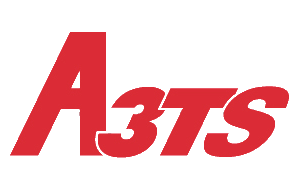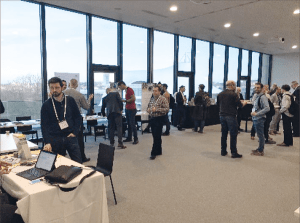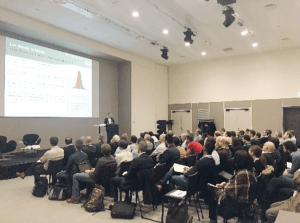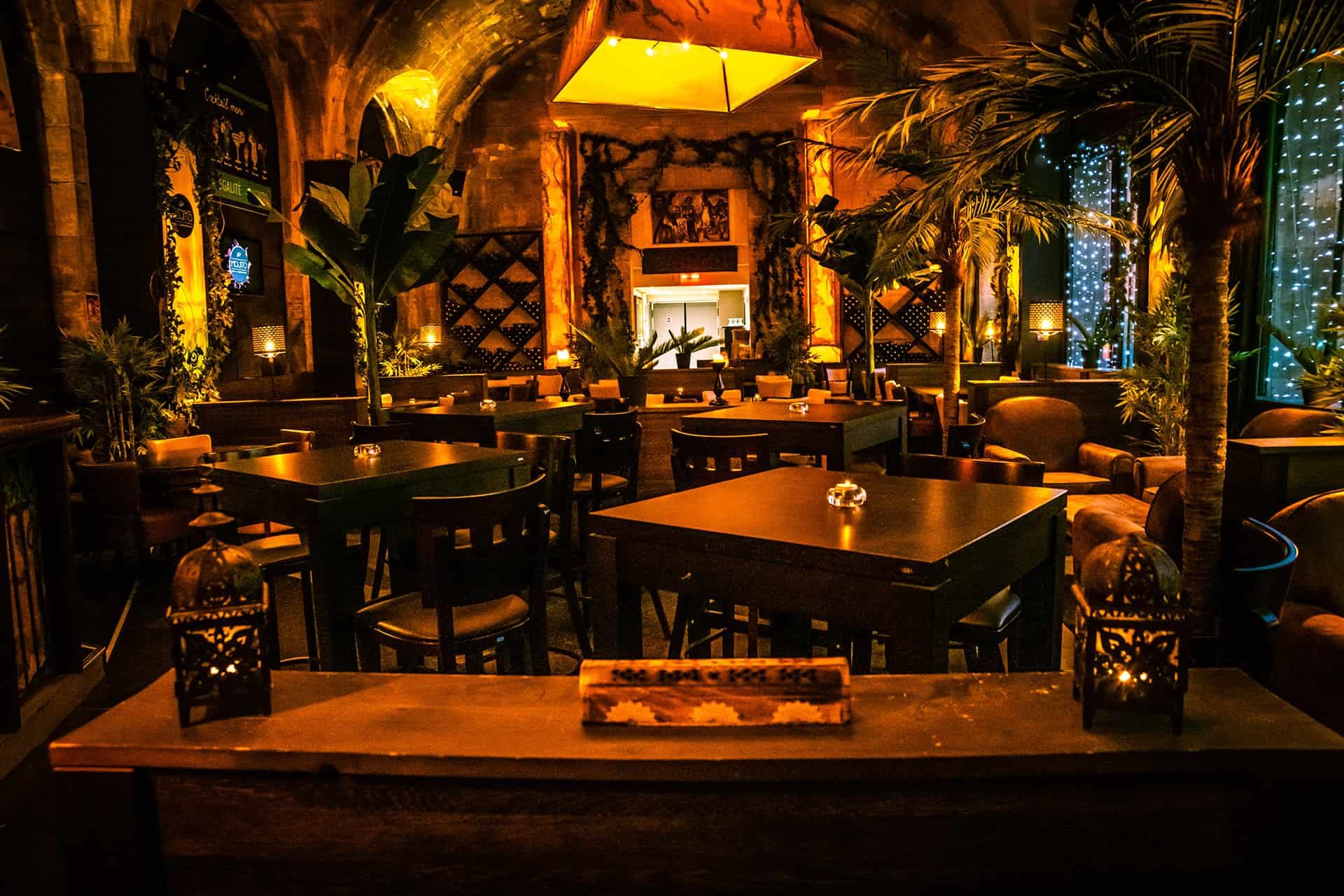RETURN ON EVENT: Treatment and finishing of metal parts from additive facbrication - 3rd edition - DECEMBER 10 AND 11, 2019
METZ CONGRESS
♦ 90 participants ♦ 25 conferences ♦ 7 exhibitors
The 3rd conference on the treatment of AF parts, organized this year in partnership with the Titanium Association, was held in Metz on December 10 and 11, 2019. In spite of the difficulties of transport in the very particular context of this period, almost all the registered participants were able to take part in these meetings in the very functional framework of the new Palais des Congrès "Robert Schuman" of Metz.
The originality of this conference is to focus on the downstream of additive manufacturing: the characterization of parts at the end of the machine and the solutions to give the parts, from their raw state of manufacture, the structural properties and surface conditions required by the customer. It was recalled that these downstream operations, controls and post-processing, represent 30 to 45% of the overall production cost.
As usual in A3TS conferences, this conference offered a framework for exchanges between industrial actors and research laboratories. Among the many points of view expressed during these two days, the following points of convergence can be noted.
The needs expressed concern non-destructive testing (NDT), as the solutions developed for conventional metallurgical processes must be adapted to reveal families of anomalies very specific to additive processes. This is the case for the interpretation of inspections by resuage or X-ray, as the - effective - inspections by micro-tomography remain too expensive to be generalized.
The need for continuous monitoring solutions during the manufacturing process was emphasized to detect drifts in near real time and anticipate defects on the formed blank, thus reducing post-processing.
Numerical methods are used to understand the residual stresses of the structures produced by FA and to develop manufacturing strategies that will minimize these stresses. The thermal stress relieving treatments are thus adapted and their cost reduced.
Many presentations were devoted to surface conditions and solutions to reduce their roughness. Indeed, the raw surfaces obtained by additive manufacturing are always characterized by high roughness indices, incompatible with the uses for which these parts are intended. In addition, the diversity of processes leads to very different roughness morphologies. The choice of surface finishing solutions is then complex, among the different families of mechanical, physical and chemical treatments. A combination of mechanical and physical-chemical treatments may be necessary to meet the specifications. The After ALM research and development project led by IRT M2P with 27 industrial actors illustrates this plurality of solutions which are at different stages of maturity.
Finally, we have noted the emergence of hybrid solutions, combining additive and subtractive technologies, which will become intertwined in the manufacturing process itself.
Congratulations to the speakers who were able to captivate the audience with their innovative approaches, their teaching skills and the sharing of their experience. The next meetings on this subject will be the A3TS Congress in Nantes (June 17 and 18, 2020) which will include a session dedicated to post-processing of additive manufacturing and, during 2021, the 4th specialized A3TS conference on this subject.




